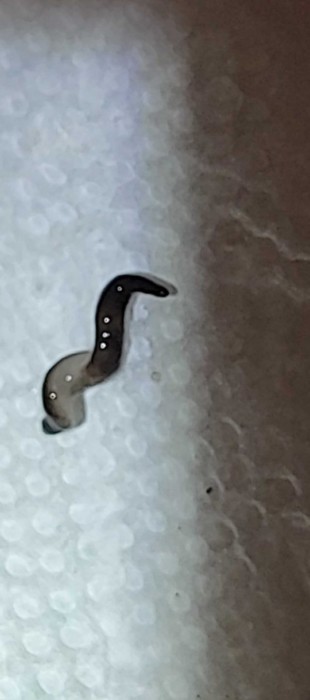
“I found two black flatworms”, states this reader about the creature pictured below, which indeed has a glossy black body, with a light gray/white underside. “I already am infested with the hammerhead worms, now what is this worm?”
No further context is provided, but given the fantastic pictures, and what our reader has told us, we were able to tell that she was correct in identifying this as a flatworm. To be specific, this worm is a New Guinea flatworm.
New Guinea flatworms are a species of terrestrial flatworms that have caused quite the stir since their introduction to the States, specifically Florida, in 2012. That is to say, they are not endemic to the country, but were introduced in an attempt to curb populations of certain species of snails, which were proving to be incredibly destructive to the environment.
Unfortunately, bringing the New Guinea flatworm to the States posed its own set of problems. They are not dangerous to humans or pets, but they have been known to overeat, cutting down populations of snails and earthworms too efficiently and thus becoming invasive.
Additionally, they can secrete a fluid which may cause stinging or irritation upon contact, so when moving the worm outside, we advise brushing it up onto a dustpan and avoiding skin-to-skin contact. The same goes for when she is dealing with her hammerhead worm infestation.
Now, the New Guinea flatworm shares many characteristics with the hammerhead worm, and so controlling their populations entails similar methods. The most important thing to do is to keep the inside of one’s home warm and dry, as that will deter flatworms from entering the space. Similarly, our reader might want to look for any wandering insects in her home and move them outside. There is no real reason for flatworms to enter her home unless they were chasing prey, which includes insects, as well as other flatworms. That said, she does not state whether or not the infestation is occurring inside or outside.
If it is occurring outside, then it might be worth investing in some diatomaceous earth and sprinkling it over the grass, as this will discourage flatworms from surfacing: diatomaceous earth is a substance which will dry out worms. If our reader wishes to learn more about it, she is welcome to consult this “article on diatomaceous earth” we published.
To conclude, the black worm our reader found is a New Guinea flatworm. They are not dangerous to humans or pets, but skin-to-skin contact is not advised. We hope this article helps and we wish our reader the very best.
All About Worms is always free, always reader-supported. Your tips via CashApp, Venmo, or Paypal are appreciated! Receipts will come from ISIPP Publishing.
You might also find these guys interesting!









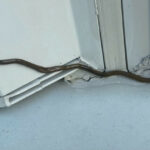

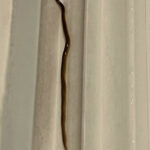
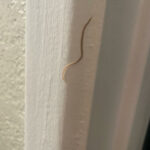
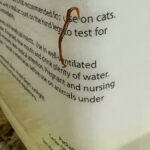
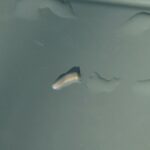
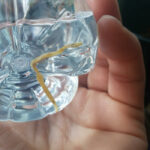
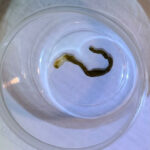


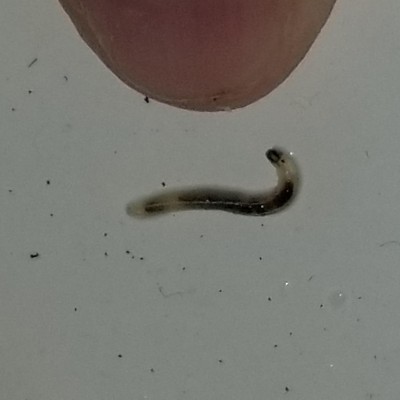
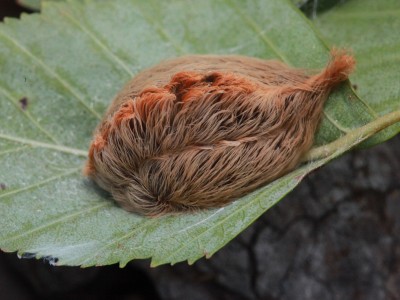


Thank you for the identification of the New Guinea flatworms I found, OUTSIDE of my home. I failed to state they were an outside problem when I wrote in. I am trying to get rid if an infestation of Hammerheads,”Bipalium adventitium” to be exact. Then these two Black worms showed up. I will try the DE, which I have, but it will be difficult since the DE needs to stay dry to be effective. Bipalium adventitium is very toxic. The remains of the earthworms they kill and eat are making my dog very sick. She finds them as good to eat. I need help getting rid of them. Any suggestions who I can contact for help with that. Local pest control services do not do anything for this type of problem. So far any of the .gov websites have not responded to my inquiry under “Contact Us”.